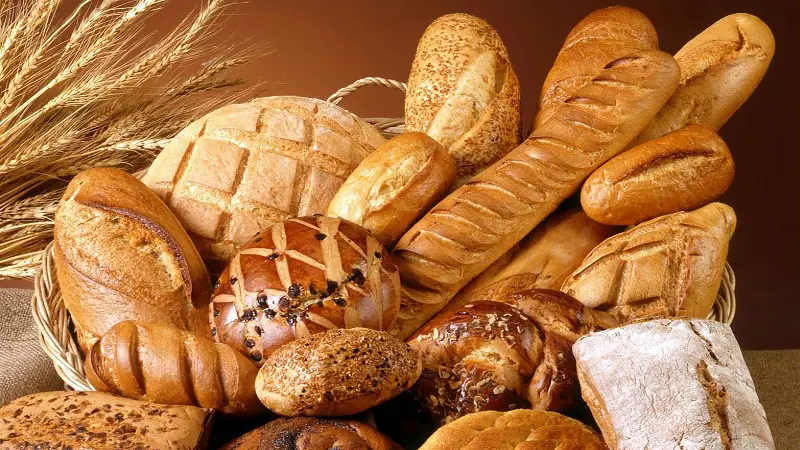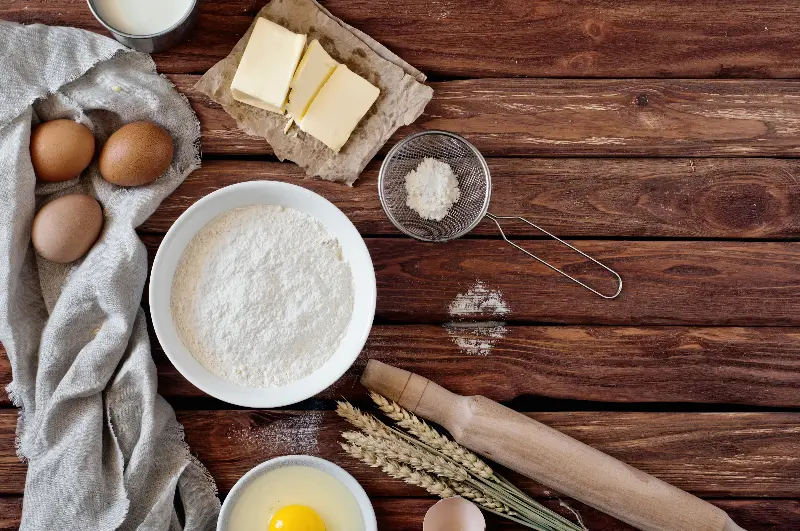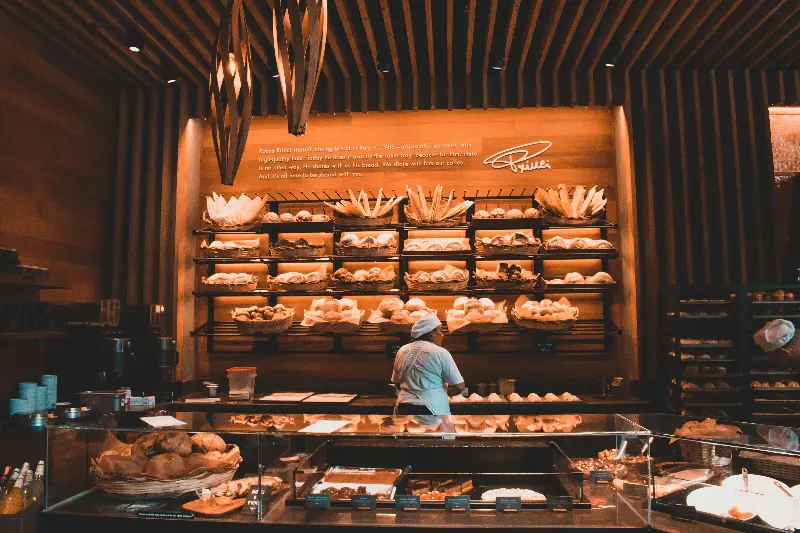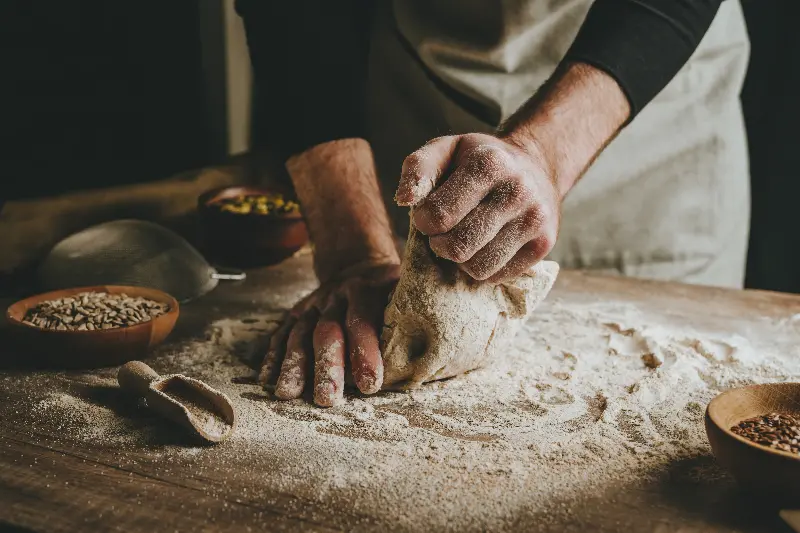
Handmade bread is a story of transformation, a culinary journey that takes basic elements—flour, water, salt, and yeast—and turns them into warm, fragrant loaves that nourish both body and soul. Unlike their mass-produced counterparts, handmade breads rely on the skill and intuition of their makers, who coax the maximum flavor out of simple ingredients. It’s a process steeped in tradition, one that has evolved over centuries yet still connects us to our ancient ancestors.

Breadmaking’s earliest traces reach back 14,000 years to prehistoric hearths, long before the advent of agriculture. These early flatbreads, discovered as charred remains by archaeologists, reveal that handcrafting bread has always been about making the most of what’s available—a beautiful lesson in creativity and resourcefulness. Today, that same spirit drives passionate bakers to dedicate their hands and hearts to the age-old craft.
The Secret Lives Of Artisan Bakers
Behind every fragrant loaf is a passionate baker who rises before dawn, guided not just by recipes but by experience and intuition. These artisans are chemists, artists, and sometimes dreamers, meticulously maintaining sourdough starters that can be older than their own children. In many bakeries, the starter is treated like a family heirloom, with some dating back over 100 years and moving across continents with migrant families.
There’s a rhythmic dance to artisan baking. Every stage, from kneading to proofing, requires patience and close attention. Humidity, room temperature, and even the weather outside can challenge a baker's consistency. Unlike machines, these makers must rely on all their senses: the dough’s feel under their hands, the aroma during fermentation, the golden sheen as it bakes.
For some, breadmaking is nearly therapeutic. Stretching and folding dough, feeling the change in texture, and watching it rise can be immensely satisfying. For others, it’s an artistic outlet, an opportunity to score unique designs or experiment with local grains, seeds, and herbs. Each batch is a fresh adventure, and each loaf that emerges from the oven is truly one of a kind.
A Renaissance In Artisan Baking
The 21st century has ushered in a remarkable revival for handmade bread. After decades of factory-made loaves dominating store shelves, more people are seeking out the rich flavors, chewy texture, and natural ingredients of artisan bread. Part of this renaissance is driven by a growing interest in food transparency, health, and sustainability.
Unlike conventional bread, artisan varieties often use slow fermentation methods, such as sourdough, which improves digestibility and unlocks complex flavors. Studies show that slow-fermented bread may reduce gluten sensitivity for some people thanks to the breakdown of certain proteins during fermentation. Many artisan bakers also opt for stone-ground flours, ancient grains like spelt and einkorn, or locally milled options, rekindling regional grain economies.
Markets and festivals now celebrate the “real bread” movement, and small bakeries flourish in both big cities and quiet country towns. Social media has become a global stage for sharing innovative recipes, intricate scoring patterns, and drool-worthy crumb shots—a testament to bread’s ability to unite communities and inspire culinary creativity.

The Science And Skill Behind The Crust
It’s easy to underestimate the complexity behind a great loaf. Mixing, kneading, proofing, shaping, and baking—each step influences the final texture, flavor, and appearance. Take the Maillard reaction, for instance: this chemical process, which occurs as the dough bakes, gives artisan bread its deep brown crust and distinctive, nutty aroma.
Steam injection, a common trick used by skilled bakers, ensures the crust develops properly, locking in moisture for a chewy crumb. Scoring—the art of making deliberate cuts on the surface—controls how the loaf expands in the oven, producing everything from rustic patterns to elaborate artistry inspired by flowers and leaves.
Even old-school techniques like baking in wood-fired ovens impart unique flavors and character that can’t be replicated in a factory setting. Many bakers swear by the “ear” (the raised, crispy ridge at the edge of a well-scored loaf), viewing it as a mark of perfect fermentation, shaping, and baking.

Handmade Bread: More Than Just Food
There’s something undeniably special about a slice of warm, handmade bread. It’s food, yes, but also culture, memory, and connection. In many countries, bread is linked to rituals of hospitality—breaking bread with others is a universal sign of trust and friendship. Family recipes pass down not just techniques but also stories and history, with each generation adding their unique touches.
Handmade bread also reminds us to slow down. While life often rushes by, breadmaking requires mindfulness and respect for time. From the gentle bubbling of starters to the slow rise and the final, satisfying crackle of a loaf fresh from the oven, this process reconnects us with nature’s rhythms.
If you walk past a bakery before sunrise and catch that irresistible aroma floating in the air, remember: you’re witnessing the outcome of centuries of craftsmanship, love, and a relentless pursuit of perfection by passionate makers. Handmade bread might just be the world’s most delicious way of rising from zero to hero—one loaf at a time.
